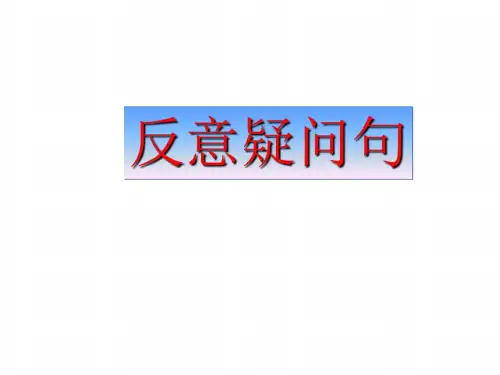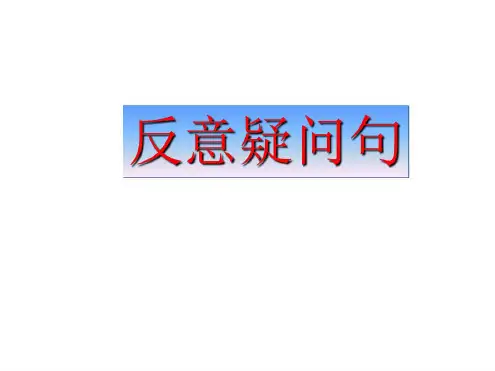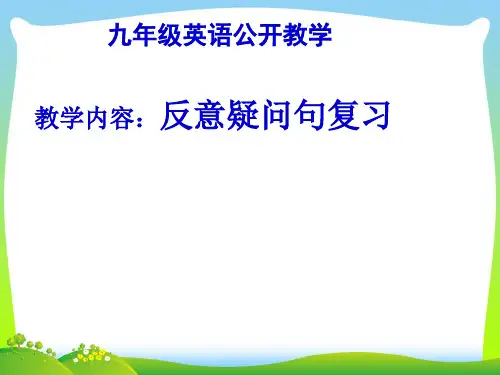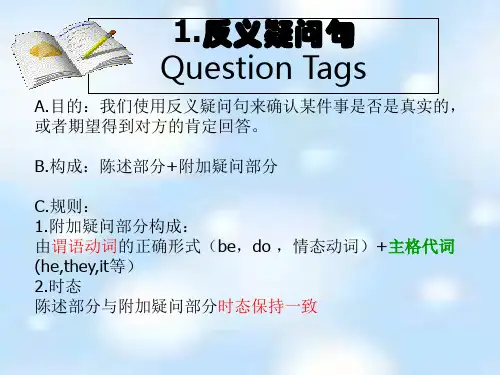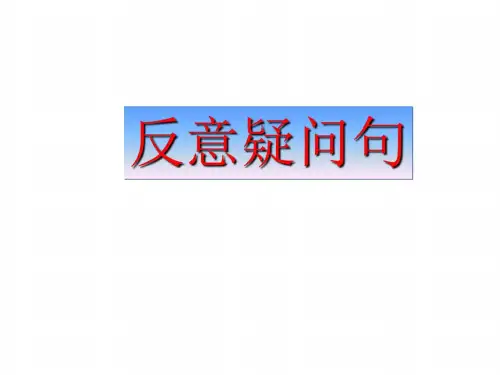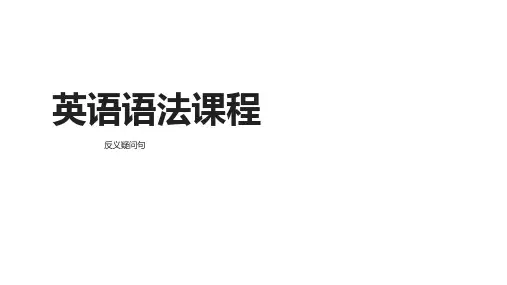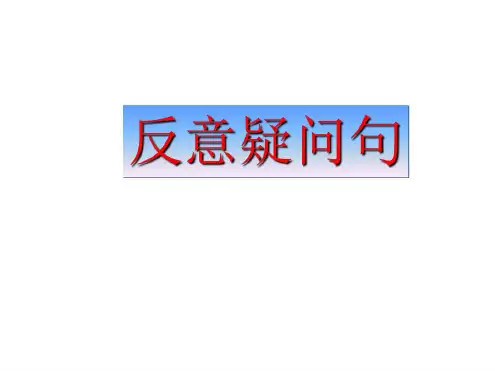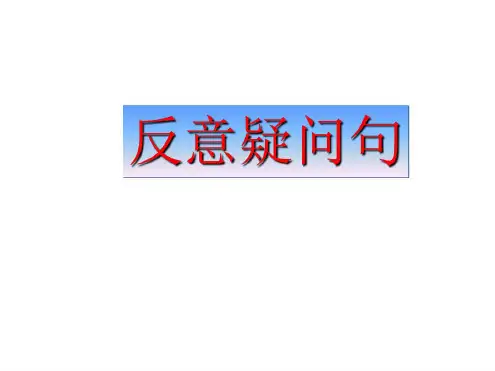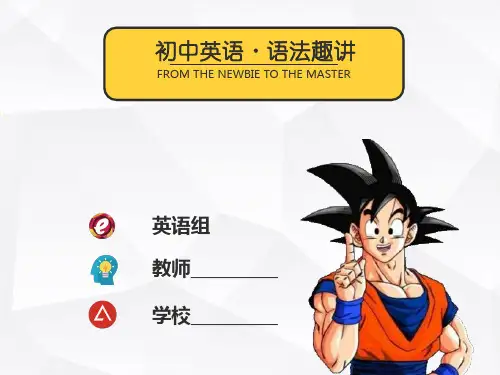2. 陈述部分是I am 或 I’m 时,疑问部 分用 aren’t I I am a doctor, aren’t I ?
3.陈述部分有little, few, never, hardly,
seldom,no ,nothing, nobody, no one , none, neither等表示否定意义的词时, 其反意疑问句用肯定结构。
He is never late for school, is he?
4.反意疑问句的陈述部分含有由un-, im-, in-, dis-, 等否定意义的前缀构成的词语 时,陈述部分要视为肯定含义,问句部 分用否定形式: ① Your father is unhappy, isn’t he?
(不能用is he?) ② The man is dishonest, isn’t he?
回答反意疑问句的窍门
方法1. 根据事实回答. 方法2. 将反意疑问句转成一般疑问句再答.
You are a student, aren’t you? Yes , I am.
You aren’t a student, are you? Yes , I am.
Are you a student?
Yes, I am
3.译为“是吗?” “这是真的吗?” “是不是?”或“你同意吗?”
注意
1.前否后肯要根据事实来回答,事实是肯定的用 Yes.事实是否定的用No.不可能出现交叉现象。
2.前否后肯的Yes译为“不”,No译为“是的”。
1.You aren’t a teacher, are you?你不是老师,是吗? Yes, I am. 不,我是。/ No, I’m not.是的,我不是。
This is a plane, isn't it?
